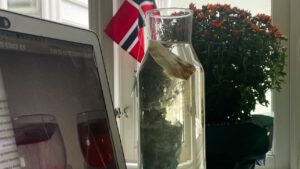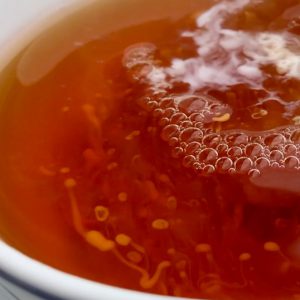
Molecular diffusion at different temperatures (involving tea bags and some convection)
I thought I had posted the picture below some time in winter already, but when I recently searched for it, I couldn’t find it. So either I didn’t post it,…


